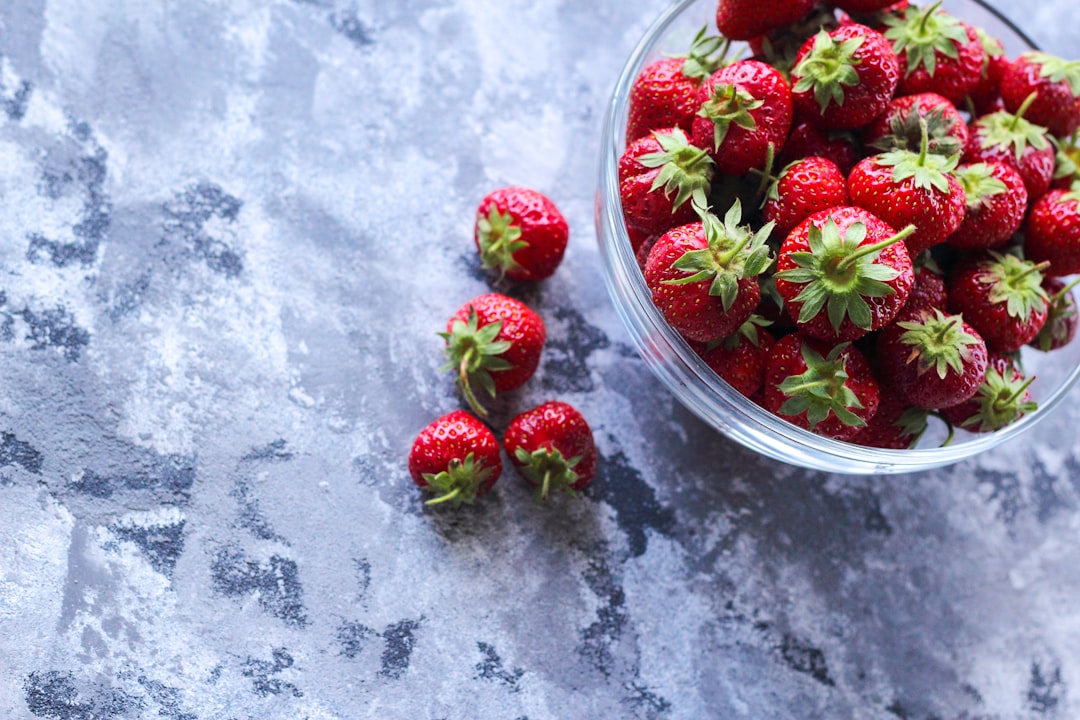Unleashing the Magic of Sage in Your Edible Oasis

Edible gardening is a rewarding endeavor that allows you to connect with nature and enjoy the fruits (and herbs) of your labor. Among the many herbs you can grow in your garden, sage stands out as a versatile and flavorful addition. Not only does it provide an abundant supply of this delicious kitchen staple, but it also offers a range of health benefits and aesthetic appeal.
### The Allure of Sage
Sage, scientifically known as Salvia officinalis, is a perennial herb that belongs to the mint family. It has a long history of use in culinary, medicinal, and spiritual practices. The leaves of sage are gray-green in color, with a slightly fuzzy texture and a distinct aroma that is both earthy and savory. When used in cooking, sage adds a depth of flavor to a variety of dishes, from poultry and pork to soups and stews.
### Health Benefits of Sage
In addition to its culinary uses, sage is also known for its health-promoting properties. It is rich in antioxidants, which help to protect the body against damage from free radicals. Sage also has anti-inflammatory and antimicrobial properties, making it a natural remedy for a variety of ailments. Some studies have even suggested that sage may help to improve memory and cognitive function, making it a popular herb for those looking to support brain health.
### Growing Sage in Your Garden
Growing sage in your garden is relatively easy, as it is a hardy plant that can tolerate a wide range of growing conditions. Here are some tips to help you get started:
- Choose the Right Location: Sage prefers full sun and well-drained soil. It can tolerate some shade, but it will grow best in a location that receives at least six hours of sunlight per day.
- Prepare the Soil: Before planting sage, it is important to prepare the soil by adding organic matter, such as compost or aged manure. This will help to improve the soil structure and fertility, and provide the plant with the nutrients it needs to grow strong and healthy.
- Planting Sage: Sage can be planted from seeds, cuttings, or transplants. If you are starting from seeds, sow them indoors about six to eight weeks before the last frost date. Once the seedlings have developed their second set of true leaves, they can be transplanted outdoors. If you are using cuttings or transplants, plant them in the garden after the last frost date.
- Watering and Fertilizing: Sage is a drought-tolerant plant, so it does not need to be watered frequently. However, it is important to keep the soil moist during the first few weeks after planting to help the plant establish a strong root system. Once the plant is established, you can reduce the frequency of watering. Sage does not require a lot of fertilizer, but you can apply a balanced fertilizer once or twice a year to help promote healthy growth.
- Pruning and Harvesting: To keep your sage plant looking its best and to encourage new growth, it is important to prune it regularly. You can prune sage in the spring or fall by removing any dead or damaged branches. You can also harvest the leaves of sage throughout the growing season by cutting them off at the stem. To dry the leaves, hang them upside down in a cool, dry place for a few weeks until they are completely dry.
### Culinary Uses of Sage
Sage is a versatile herb that can be used in a variety of culinary dishes. Here are some ideas to help you incorporate sage into your cooking:
- Stuffing: Sage is a classic ingredient in stuffing, adding a savory flavor to the dish. You can use fresh or dried sage in your stuffing recipe, depending on your preference.
- Poultry and Pork: Sage pairs well with poultry and pork, adding a depth of flavor to the meat. You can rub sage on the meat before cooking, or add it to the cooking liquid for a more intense flavor.
- Soups and Stews: Sage can be added to soups and stews to enhance the flavor. You can add fresh or dried sage to the soup or stew during the cooking process, or sprinkle it on top of the finished dish for a burst of flavor.
- Salads: Sage leaves can be used to add a unique flavor and texture to salads. You can tear the leaves into small pieces and add them to your salad, or use them as a garnish.
- Breads and Pastries: Sage can be added to breads and pastries to give them a savory flavor. You can add fresh or dried sage to the dough before baking, or sprinkle it on top of the finished bread or pastry for a decorative touch.
### Conclusion
Growing sage in your garden is a great way to add a delicious and versatile herb to your culinary repertoire. Not only does it provide an abundant supply of this kitchen staple, but it also offers a range of health benefits and aesthetic appeal. By following the tips outlined in this article, you can successfully grow sage in your garden and enjoy its many benefits for years to come.